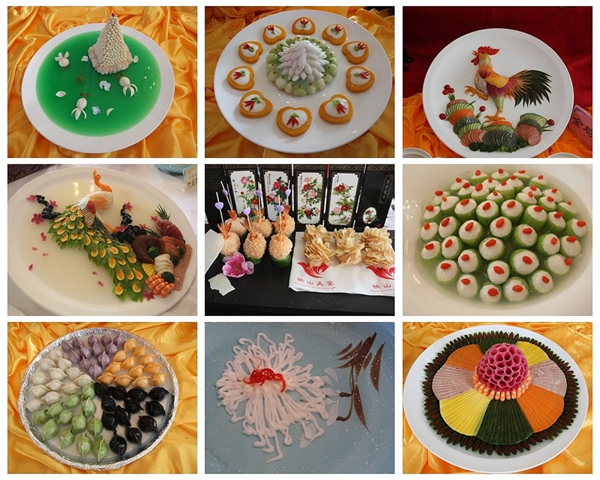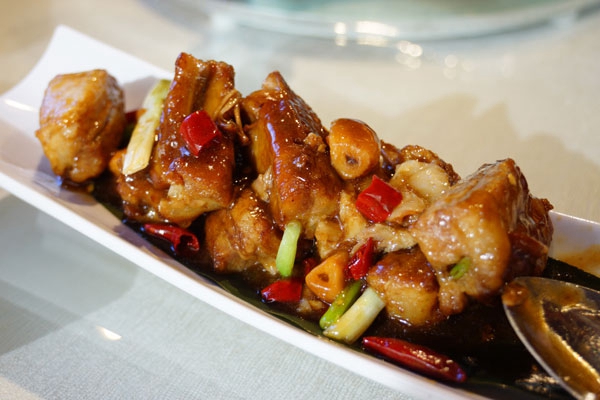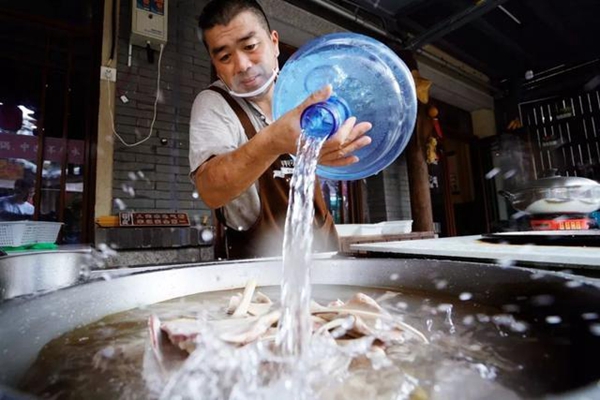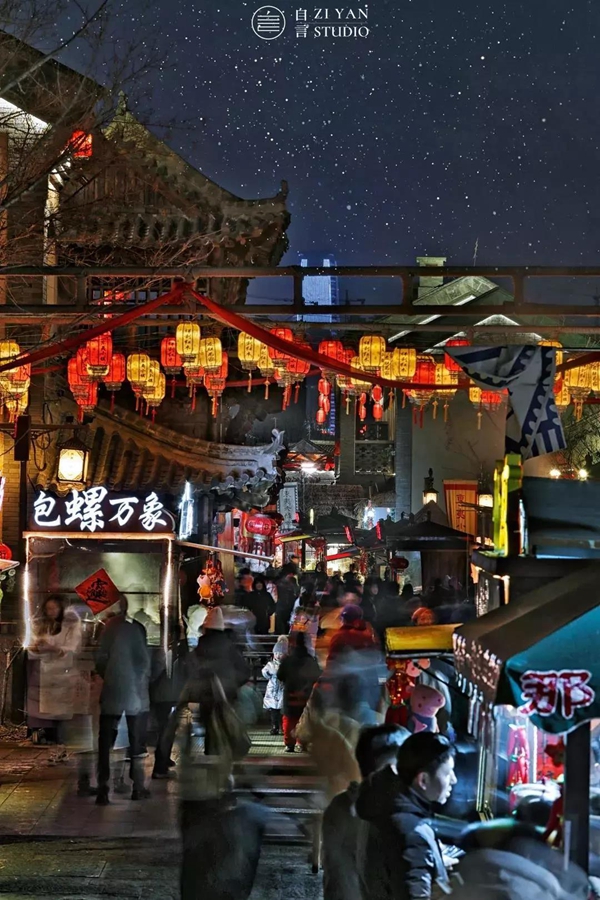Indulge in gourmet food in Shandong
(chinadaily.com.cn)| Updated : 2019-12-26
Print PrintEast China's Shandong province has launched a gourmet food carnival and several gourmet tours across its breadth as part of its "Friendly Shandong Winter Tourism Promotion" to attract foodies from home and abroad and to boost its tourism sector in the bleak wintertime.
Shandong cuisine, more commonly known in Chinese as Lu cuisine, is one of the four major schools of Chinese cuisine. Renowned for its exquisite cutting technique and cooking methods, Shandong cuisine has had a great influence on the development of cooking techniques in Beijing, Tianjin, North China and Northeast China.

A dazzling display of special dishes in Shandong cuisine [Photo/VCG]
The geographical differences generate different cuisine types in Shandong cities. When touring Shandong, sampling a banquet themed on local delicacies is a must to better understand the city's culture.
Jinan flavor is the main body of Shandong cuisine and it has a great influence in the province. Jinan dishes feature rich flavor, fresh fragrance, and tender taste.
As "Capital of Springs" is the nickname of Jinan, many Jinan dishes use spring water to display the unique city culture and deliver distinct flavors. So while you are touring in Jinan, don't forget to sample some spring water-themed dishes.

Braised pork ribs with shallots is a typical Confucius cuisine dish. [Photo by Ye Jun/China Daily]
Confucius (551-479 BC) is regarded as one of China's most influential sages. Some of his ideas about food and diet played a significant role in the development of Chinese food culture.
Confucius cuisine, which originated in Qufu, the birthplace of Confucius, is an important part of Shandong cuisine.
Every dish has a story in the family cuisine of Confucius, which developed as a result of frequent visits by China's emperors, high-ranking officials and other distinguished guests to Confucius' home. Many banquets, ceremonies and royal commemorations were held at the mansion of Confucius, giving the family the opportunity to develop its own style of formal cuisine.
Cooking Confucius family cuisine is complex and labor-intensive and demands great attention to detail.
The most complex banquet in Confucius family cuisine consists of 196 dishes, including six cold dishes such as braised sea cucumber and stir-fried seasonal vegetables. They are served on special silvered porcelain plates, and dining etiquette and manners have been passed down by Confucius' descendants for more than 2,000 years.

A chef uses spring water to braise mutton soup in Rizhao, Shandong province. [Photo by Leng Binghao/iqilu.com]
The Jiaodong peninsula, known as the "Pearl of Shandong", consists of coastal cities such as Qingdao, Weihai and Yantai, where seafood resources are extremely rich. Jiaodong cuisine has become an important part of Shandong cuisine after many years' development. Jiaodong dishes highlight seafood with light tastes.
Vegetarians can enjoy a taste-bud journey in Tai'an as the city is famous for its temple vegetarian dishes genre. Tai'an dishes mainly focus on tofu, fungi, and local vegetables, and are cooked of course with the famous local spring water.
Visitors can sample additional distinctive dishes in other Shandong cities, as the natural environment and customs vary widely from place to place.

The food court in Rizhao's Dongyi Town is crowded with foodies. [Photo by Leng Binghao/WeChat account: sdswltwx]
